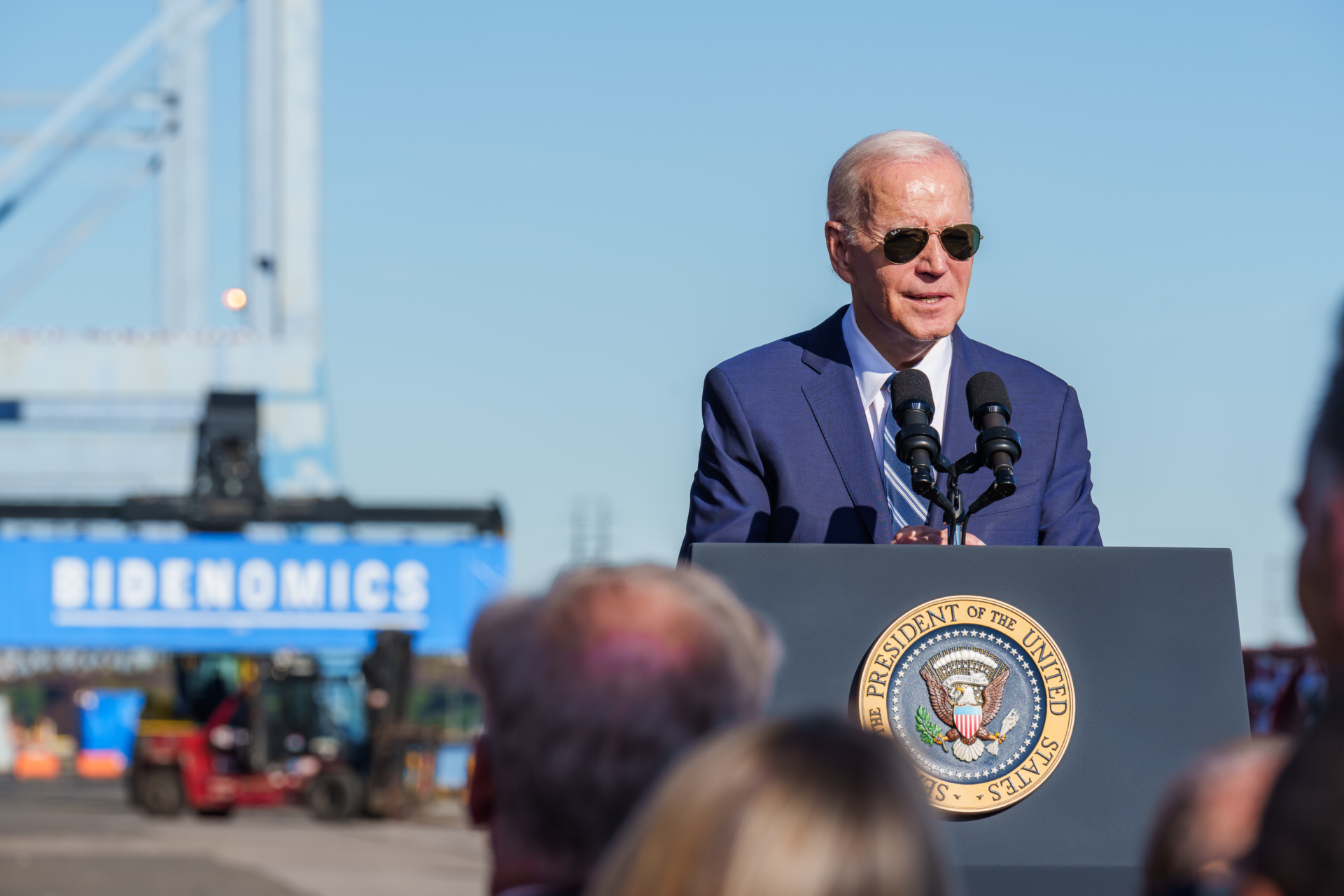Fed Resolute Amid Inflation Battle
Federal Reserve Chairman Jerome Powell and his team are standing firm in their battle against inflation, a situation exacerbated by recent economic policies and the consequences of pandemic recovery efforts.
Resilient Markets and Consumer Spending
Inflation continues to be an issue, driven by rising rental costs, increased auto insurance premiums, and growing healthcare expenses. The Fed is prepared to maintain high borrowing costs until these inflationary pressures are under control, showing a level of prudence that was missing when officials predicted a quick end to inflation in 2021.
Home prices have remained high despite the highest mortgage rates in decades, partly due to a lack of supply, as homeowners hold onto their properties to maintain low mortgage rates. However, this would be less significant if not for strong demand for homes.
Despite widespread reports of consumers facing high prices, Americans are still spending at high levels. Bank of America recently reported a record number of people flying out of U.S. airports before Memorial Day, marking a nearly seven percent increase compared to the same period last year and in 2019. This increase is significant and suggests a lot of leisure travel.
Moreover, shares of Abercrombie & Fitch are soaring after the retailer reported another earnings beat and raised its sales growth outlook. Chewy shares are up better than 21 percent based on its first quarter earnings, largely because Americans are signing up for automatic delivery and payment of pet supplies. Dick’s Sporting Goods also saw its shares jump to a record high as customers are spending more per visit.
“We saw growth across all of our income demographics, and we didn’t see a trade down from best, better, better to goods, so pretty consistent across all the income demographics of cohorts,” chief executive Lauren Hobart said.
The Recession Signals Have Gone Haywire
Critics of the Fed’s current stance argue that prolonged high interest rates could lead to a recession, which could be detrimental to working Americans. Some traditional indicators of a looming recession are still flashing red: the yield curve remains inverted, and the expectations gauge of the Conference Board’s consumer confidence measure is depressed. The index of leading indicators suggests a sharp slowdown, though it is no longer in recession forecasting territory.

President Joe Biden delivers remarks on October 13, 2023, in Philadelphia. (Official White House Photo by Adam Schultz via Flickr)
These signals have been suggesting a recession or a slump for over a year. They might still be useful as an indication that the economy is behaving very differently than it did in the decade before the pandemic.
The labor market has softened somewhat, mostly seen in declining quits and job vacancies. However, the quits number may be influenced by the mortgage rate lock-in effect, preventing homeowners from relocating. While job vacancies have fallen, they remain high by historical standards. This is more indicative of the labor market coming into better balance rather than impending doom.

Major retailers like Target, Walgreens, and McDonald’s are cutting prices to attract consumers who are tightening their belts. These trends may be seen by some as signs of financial strain, but others view them as businesses competing for market share.
Will ‘End of Our Democracy’ Hysteria Move the Fed?
Politically, the stakes are high. Many Americans are unhappy with the economy and current leadership, feeling the strain of rising costs for essentials like rent, groceries, and gasoline. The inflationary squeeze is perceived by many as a consequence of current administration’s policies.
Biden had hoped that reducing inflation would pave the way for re-election, potentially aided by a series of Fed rate cuts before election day. While surprises in September are still possible, it seems increasingly unlikely. Fed officials have prepared the market for the idea that rate hikes are not completely off the table.
“I’ve been asked many times when we take potential interest rate increases off the table,” Minneapolis Fed President Neel Kashkari said this week. “I don’t think anybody has formally taken them off the table.”

Federal Reserve Bank of Minneapolis President Neel Kashkari participates in the Federal Open Market Committee (FOMC) meeting in Washington, DC, on January 31, 2024. (Photo: Federal Reserve/Flickr)
The economic challenges stemming from recent policies and increased budget deficits have put the economy under strain, affecting average Americans. The Fed’s cautious approach is commendable, but it remains to be seen whether it can resist political pressure to cut rates prematurely. The long-term health of the economy depends on their steadfastness. Powell and his team must focus on the durable goal of economic stability and resilience.
In the end, it’s a question of credibility and resolve. The Fed must maintain its course, even as political pressures mount. Inflation requires a firm hand and a steady strategy. The real question is whether the Fed will have the fortitude to stay the course or yield to political expediency.




